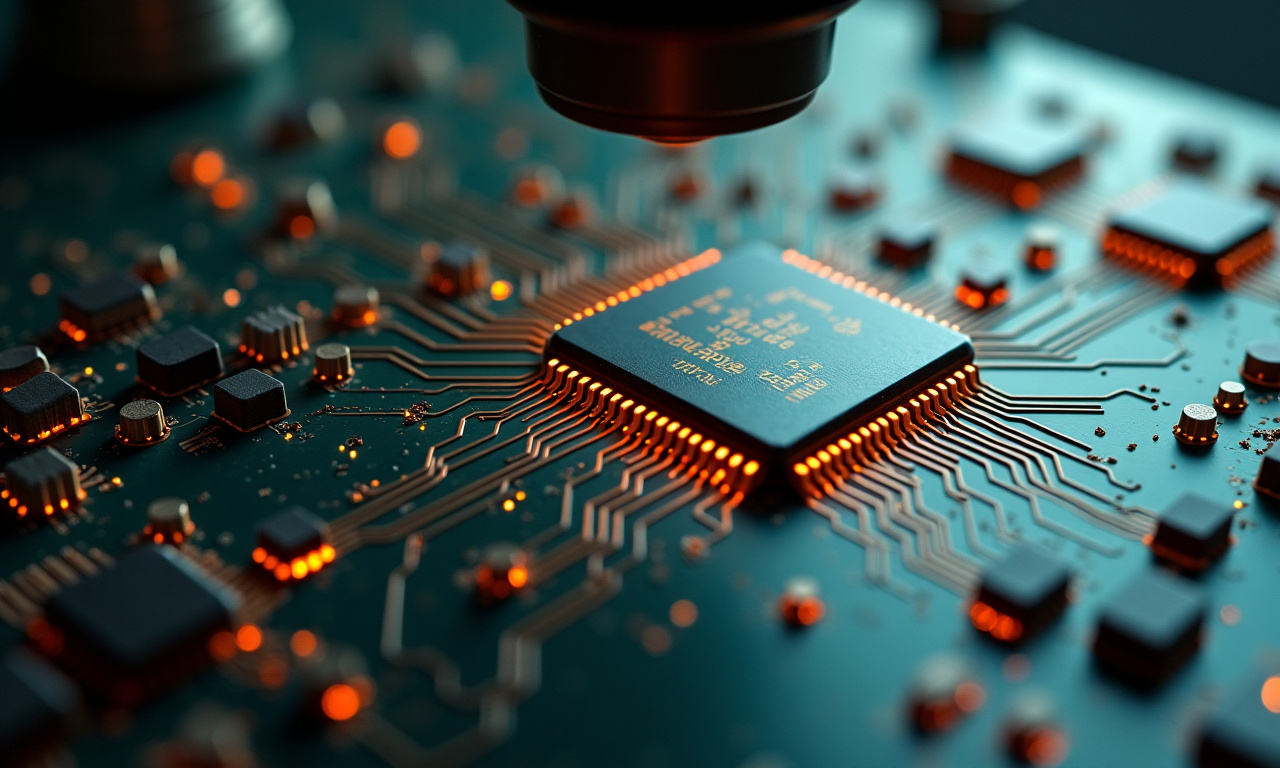The world of semiconductor technology bridges not just across miles but years, often telling stories of innovation, replication, and unexpected intersections. Recently, a tech enthusiast known as CPU Duke has brought a remarkable piece of tech history to light, showcasing microscopic images of a Soviet-era microchip, the K565RU3, once produced in the 1980s.
Legacy and Innovation in Technology
The K565RU3 isn’t just any microchip; it’s a dynamic random-access memory (DRAM) chip with a capacity of 16KB. Manufactured in several USSR facilities, including the Mezon plant in Moldova, this chip represents a significant part of the Soviet Union’s technological history, which was intricately linked to the global tech industry even at the height of Cold War tensions.
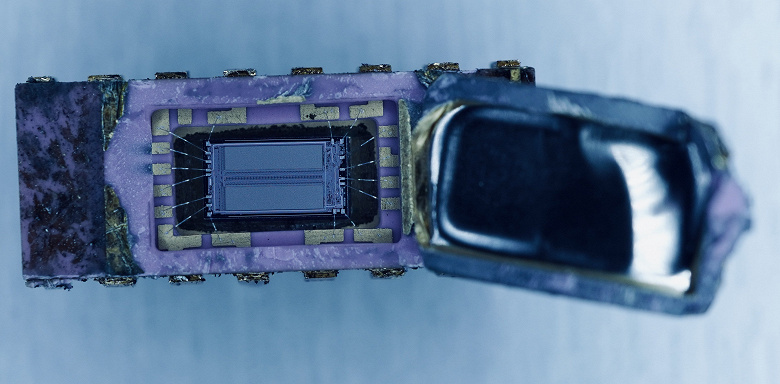
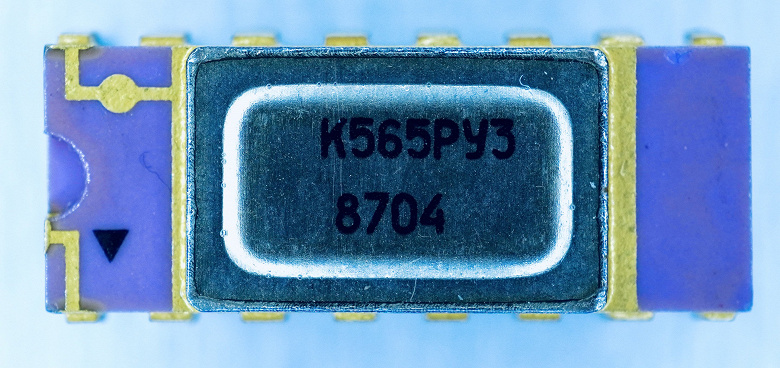
Reverse Engineering: The Soviet Approach
What truly sets the K565RU3 apart is its origin story. Unlike original Soviet inventions, the K565RU3 is a result of reverse engineering the Intel 4116 chip, renowned for its use in iconic computers like the Apple II and ZX Spectrum, and classic arcade machines such as Defender and Missile Command. This reveals the critical technical exchange, albeit indirect and competitive, between East and West during that era.
Delving into the microscopic world, CPU Duke’s images have exposed the chip’s intricate 128 x 128 memory cell matrix and even uncovered Russian technical inscriptions, providing a rare tangible link to the past.
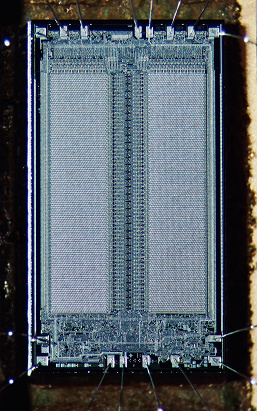

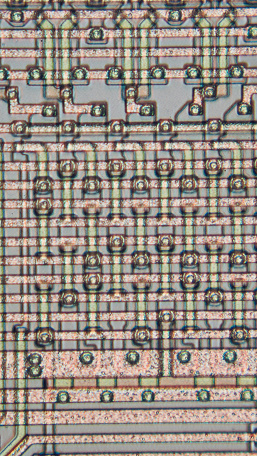
Why This Discovery Matters
Today’s tech enthusiasts and historians find value in such discoveries as they offer insights into not only technological advancements but also the geopolitical landscape that shaped them. The act of reverse engineering of such western technologies demonstrated both ingenuity and a relentless pursuit of technological parity during a period of economic and political isolation.
Moreover, examining these chips under the microscope can serve as an educational tool, emphasizing how past innovations continue to inspire and inform current and future technological developments.
Looking Forward
The work of individuals like CPU Duke highlights not only the marvels of technological evolution but also the stories woven into every circuit and connection. Such explorations may prompt further study into the extensive, albeit often clandestine, ties between Soviet and Western technology during a pivotal era in semiconductor history.

